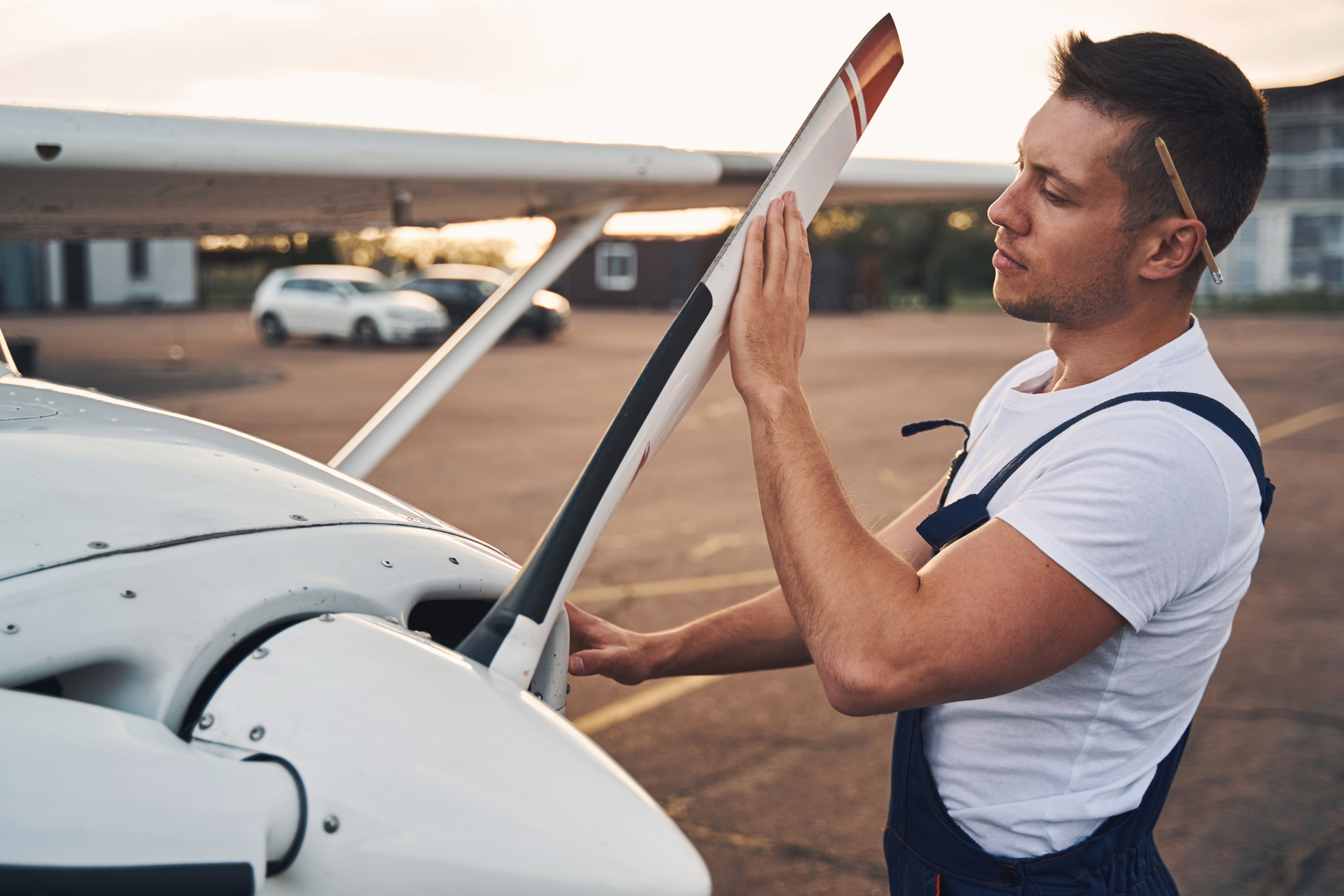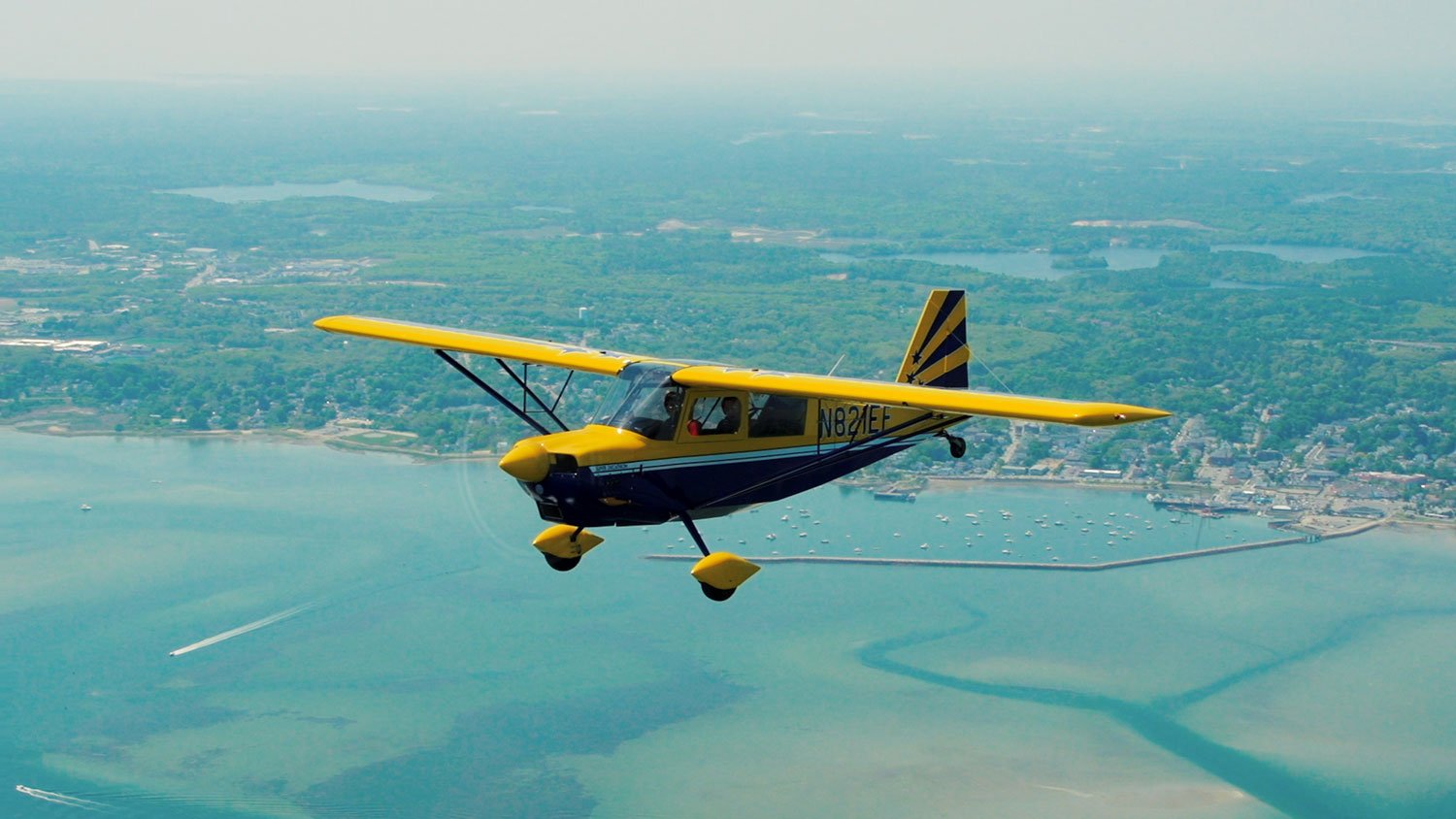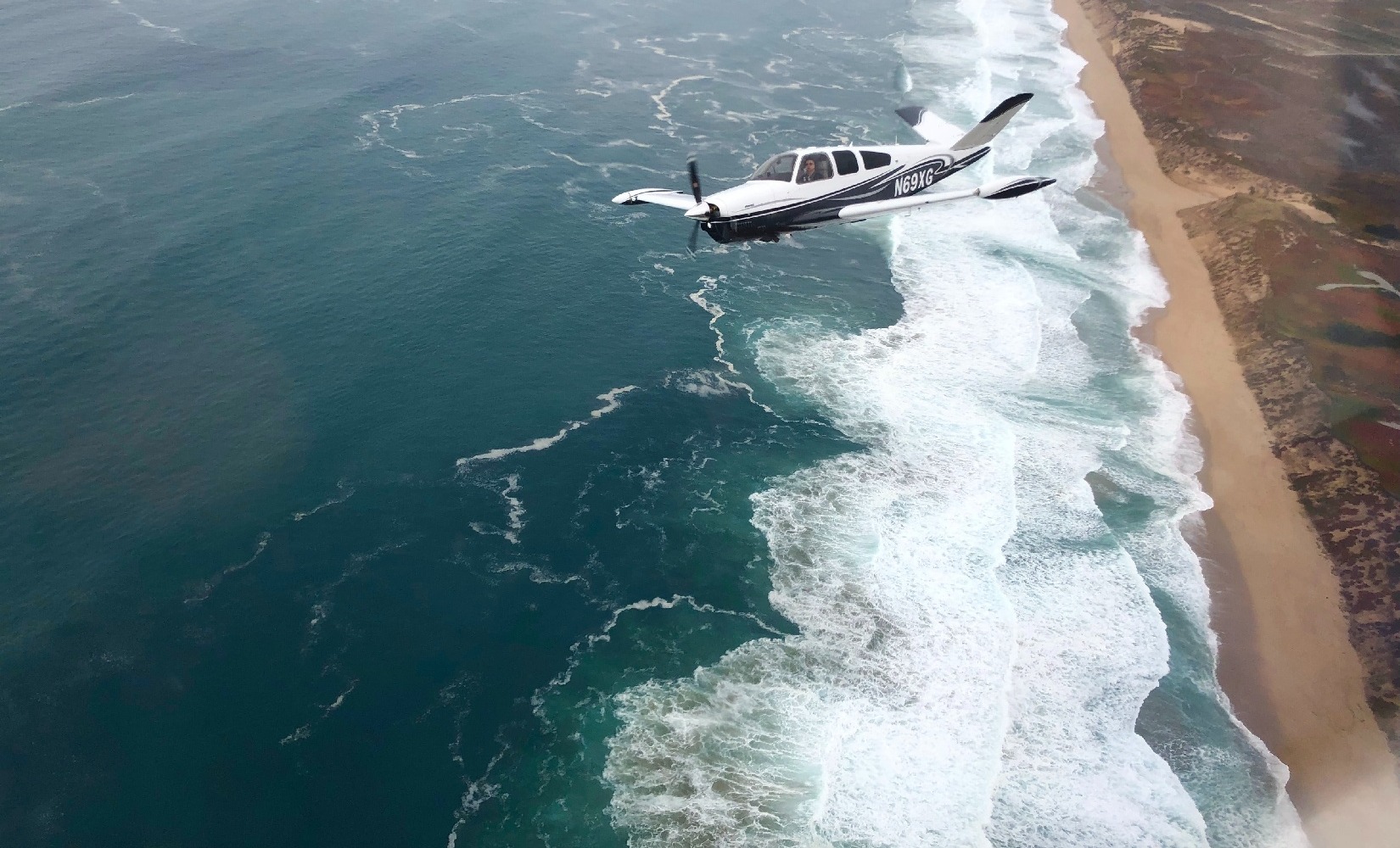We were almost to our destination when the fuel float on my wing-woman’s header tank shed its cork. In the snap of a finger, her fuel indication went from fine to a four-letter word, and she initiated an emergency landing at a conveniently placed airfield. I followed her down.
On the ground, after shutdown, her fuel tank showed plenty of 100LL, and we quickly diagnosed the real problem. But with airplanes, it’s never just one problem, is it? Her battery was now unaccountably dead, or at least dead enough to give only a pathetic grunt and quarter turn to the prop when she pulled the starter.
Now what?
Well, every airplane with a propeller can be hand-propped, right? That's how they are built. You manually spin the propeller to activate the magnetos, creating sparks and initiating combustion.
Airplanes are older than electrical systems, after all. Back in the day, all airplanes had to be started by hand propping. In fact, when you push or pull your modern starter, the machine is simply spinning the prop for you.
Of course, back in the day, all pilots were proficient at hand starting. They had to be. Nowadays, most of us do not practice it.
Still, armed with a knowledge of history and having attended a hand-propping workshop at EAA AirVenture Oshkosh, the solution was obvious to me: I would give the prop a swing or two, and we would be on our merry way.
FAA guidance
Now, the Airplane Flying Handbook has this to say about the subject:
“Hand propping an aircraft is a hazardous procedure even when done perfectly.” It goes on to specify that “persons not trained, not competent, or who do not understand how to mitigate the hazards associated with hand propping should never perform this procedure!”
How often do you see bold text and exclamation points in FAA handbooks?
The FAA also uses a sprinkling of words like “serious injury,” “runaway airplane,” and even “lethal” and “fatal.” Truthfully, the FAA clearly would prefer not to broach the subject at all if not for the fact that “vintage airplanes may be encountered.” So, instead, the agency details the procedure involved with a slew of warnings about serious injury, death, and such.

But being trained, competent, and aware of the hazards of hand propping (from watching YouTube videos of it going badly for lesser pilots), I stepped up in front of the stranded airplane, rested my hands on the prop — using my palms and being careful not to let my fingers curl around the blade — and gave it a regulation push.
It was much more challenging to spin than I expected. My push-and-jump-clear move barely budged the prop. "That’s strange," I thought. "It was so easy at the workshop."
I tried a second time. No joy.
On the third try, a funny thing happened. Before my eyes, the smooth metal leading edges of the polished prop morphed into razor-sharp Samurai swords, and the humble little airplane grew and turned into a behemoth agricultural thresher. You know, like the big green ones from John Deere.
Before I could try again, my well-developed inner chicken took over, and I abandoned the attempt. I mollified myself with an old quote: Just because you can doesn’t mean you should.
But I was bothered by the fact that I really couldn’t. Why was that?
Every airplane can be hand-propped, right?
Fast forward two full years. This time, my airplane is having a problem or two, and the starter has been removed. The airplane needed to be moved deeper into the maintenance hangar to make way for another plane, and I needed to reposition my prop for the towbar.
Applying the usual force required to move the prop caused it to spin like a top. It was liquid. Frictionless. Amazing. And then it all came together for me.
My workshop used a vintage airplane with no starter. All our aviator ancestors had airplanes with no starters. With no starter, props spin smoothly, requiring little effort. But add a starter and, for all intents and purposes, you add drag to the prop.
It makes sense if you think about it. When you spin the prop of a starter-equipped aircraft, you are not just spinning the propeller and the crankshaft. You are also spinning the starter with all its gears, bearings, and the like. And that requires more force than you’d expect.
The bottom line
Someday you may be stranded on a low-lying island with a dead battery and a hurricane on the horizon, and then you will have to do what you have to do. But in non-life-threatening operations, I suggest keeping the hand propping to the starter-less airplanes after you have ample training, competence, and understanding.
Because even though you can (at least, in theory), it’s a lot harder to do than you’d expect. And increased difficulty translates directly to reduced safety, with all that serious injury, death, and such.
Share this
You May Also Like
These Related Articles
.jpg)
Rising Above the Soup With an IFR to VFR-on-top Clearance

My Passion for Proficiency - Guest Editorial by Joe Brown
